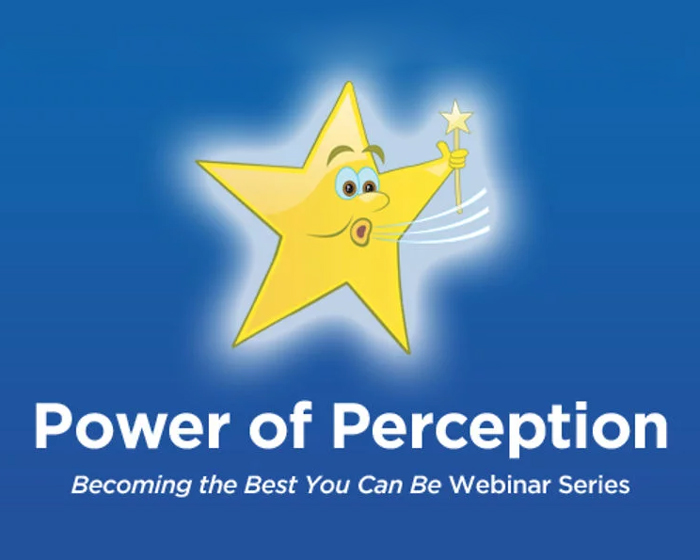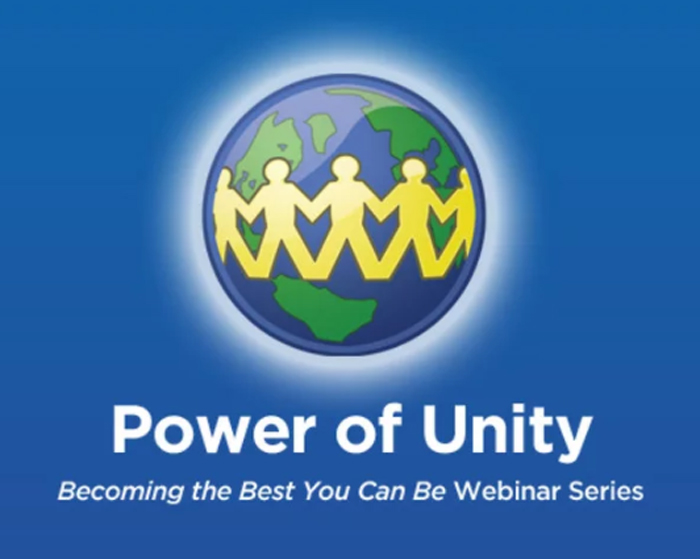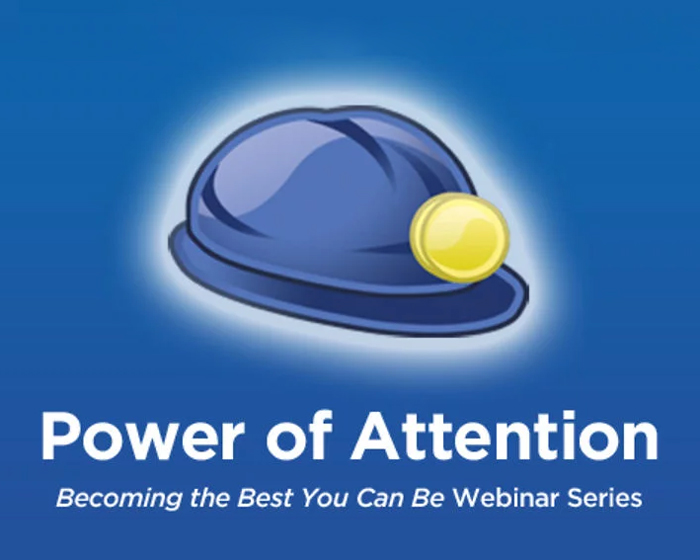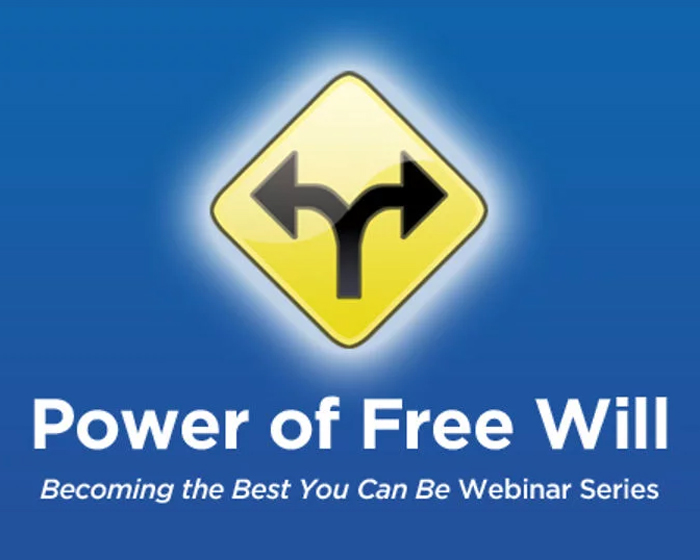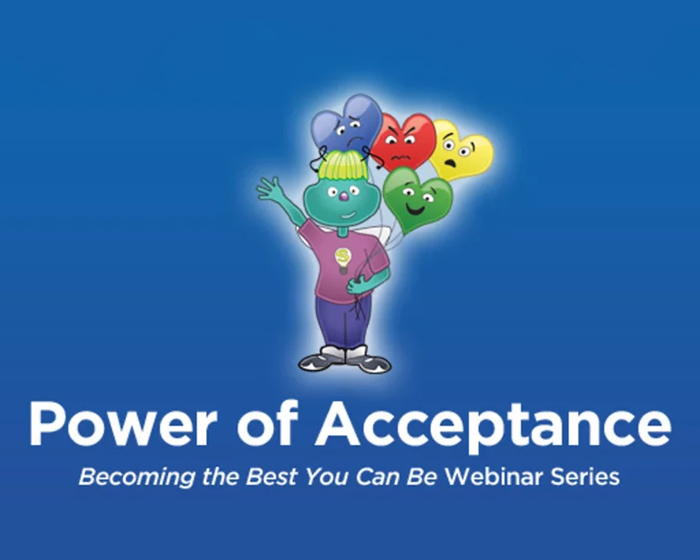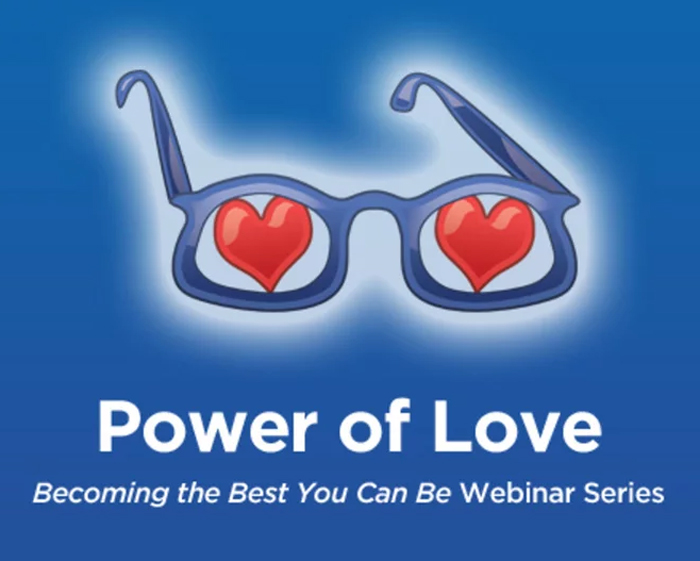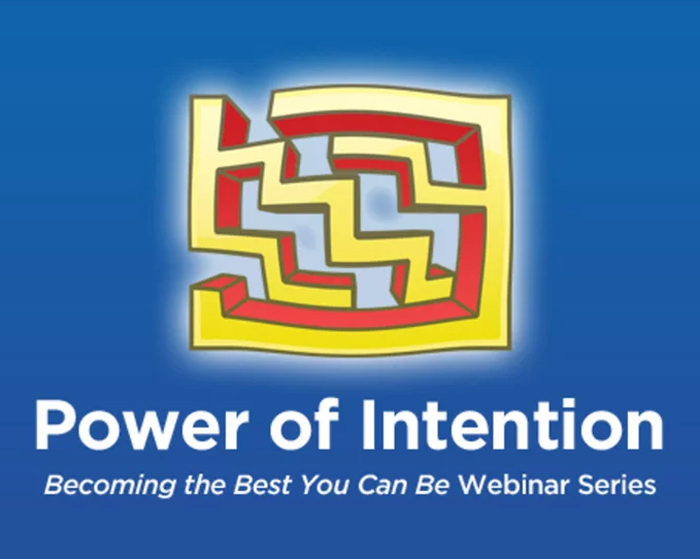Character-Inspired Organization

I had the honor to talk with Dr. Becky Bailey, founder of Conscious Discipline, a comprehensive, trauma-informed, brain-based, adult-first program that combines social-emotional learning, school culture and discipline into a seamless, character-building effort.
Dr. Arthur Schwartz, President, Character.org
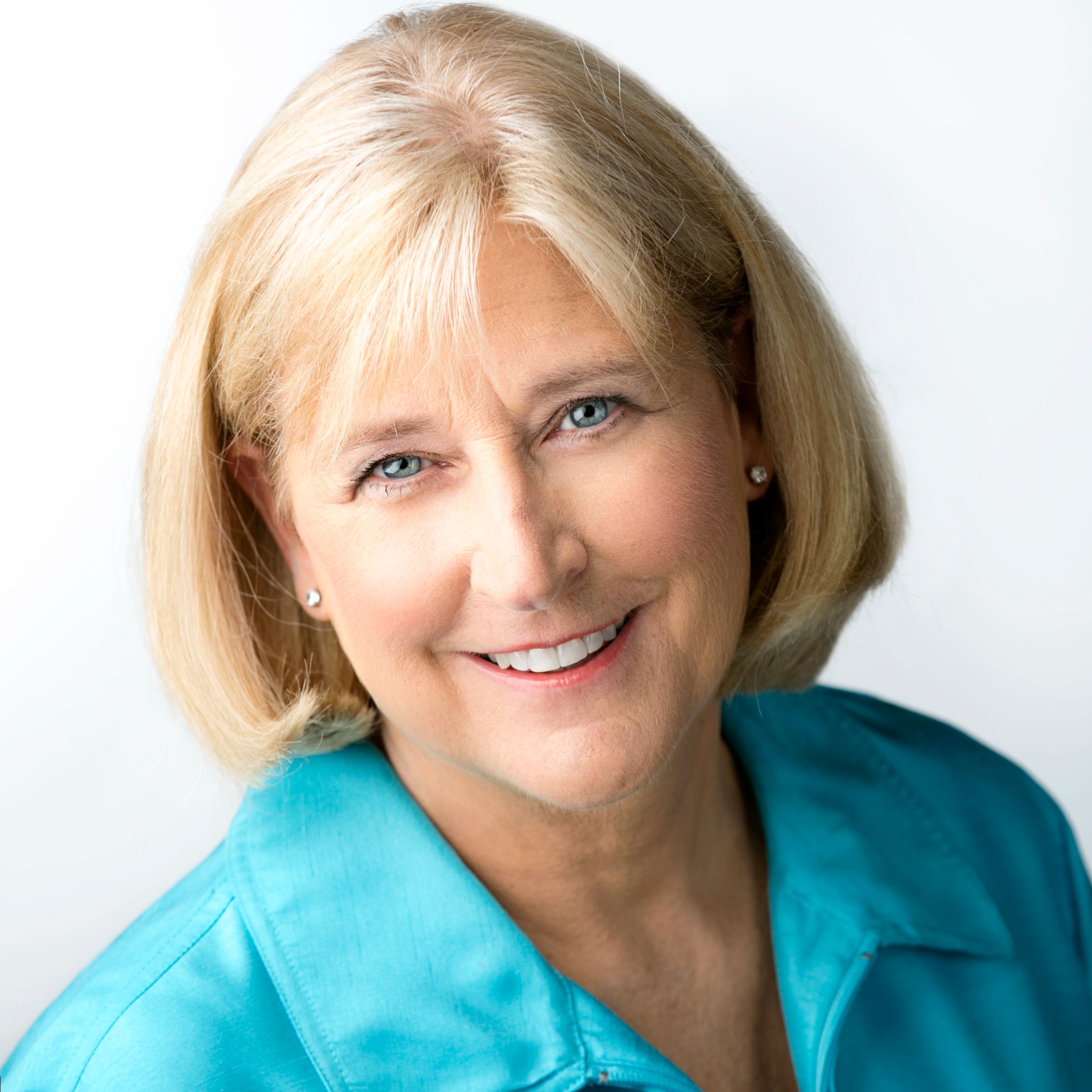
Q: Becky, every organization has its own genesis story. Share with us how Conscious Discipline came to be.
I had a car accident in high school, a near-death experience that made me profoundly aware of our interconnectedness. This yielded my love for an interdisciplinary approach to all learning. The car wreck also left me with a serious brain injury, and so I began to learn everything I could about the brain. Years after my recovery, I found myself on a college field trip with a group of teachers and middle school students, some with disabilities. We were at a lake and the kids didn’t want to get out of the water. They were having so much fun! The teachers first tried to entice them with lunch, but they soon starting yelling and threatening to take their privileges away. Nothing was working. I yelled “stop” and went into the water to try a different way. But here’s the thing… I failed, too! I said to myself, “There has got to be a better way.” From that moment forward, I thrust myself into learning environments that would challenge my set ways of thinking in search of that “better way.” I worked in Native American reservations, migrant camps, Title 1 schools, and several universities. Then in 1996, I established Conscious Discipline.
Q: Let’s imagine one of our readers is just learning about Conscious Discipline. What are the essential components of the program?
Conscious Discipline’s ultimate goal is to help everyone be disciplined enough to set and achieve their goals regardless of distractions, obstructions, or oppression. The program is called “Conscious” Discipline because it cultivates a consciousness about one’s own mental models of learning, teaching, and self. Without conscious awareness of our current mental models, intrinsic change is impossible, and educational equity is impeded. Conscious Discipline is a comprehensive, trauma-informed, brain-based, adult-first program that combines social-emotional learning, school culture, and discipline into a seamless, character-building effort.
Conscious Discipline combines these factors—which are often perceived as separate initiatives in schools—by empowering the teachers to be the change agents rather than relying on a specific curriculum. We create this cooperative, compassionate School Family culture by understanding the three basic hierarchical questions the brain metaphorically asks:
1. Am I safe?
2. Am I loved/do I belong?
3. What can I learn from this?
Helping each other move through the lower states (Am I safe/Am I loved?) to achieve an optimal learning and problem-solving state is at the core of the Conscious Discipline methodology.
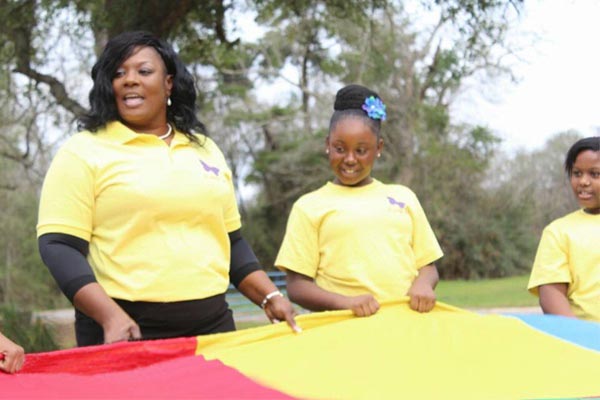
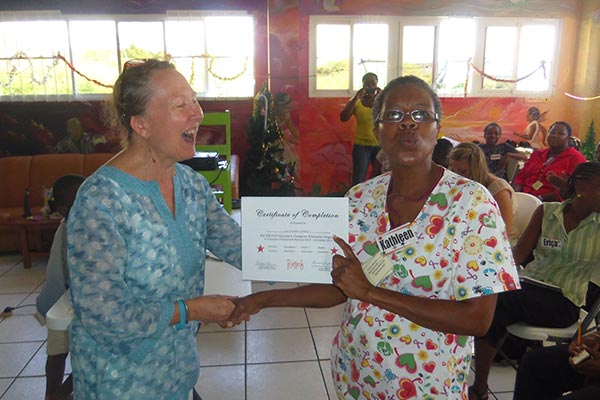
Q: Where does discipline fit in?
I believe discipline is not something you do to children; it’s something you develop within them. With Conscious Discipline, teachers learn how to manage their own thoughts and feelings in order to move away from the ineffective adage, “Do what I say, not what I do,” in order to both teach and model the skills they wish to instill in children. Once we, as adults, master these skills, we can then teach them to the children and families we serve. That’s why Conscious Discipline works with adults first, to move them away from relying on “reward and punishment” discipline methods to a focus on safety, connection, and problem-solving.
The goal is to help adults and children become more conscious of their internal wisdom and provide the self-regulatory strategies necessary to access that wisdom during times of conflict.
Q: What do you mean by wisdom?
Wisdom is the guidance of our wise, authentic selves that sometimes hides behind our judgments, biases, and unhealthy mental models. A large part of wisdom is the power to be conscious of our intentions, to really understand that our intention enters the classroom or situation before we do. Accessing our wisdom during our daily experiences requires us to shift from a reliance on the default judging of the lower centers of the brain to noticing, witnessing and describing “what is” from our higher centers. Noticing “what is” allows us to put a pause between impulse and action. This pause allows a space for our wisdom to emerge in any situation.
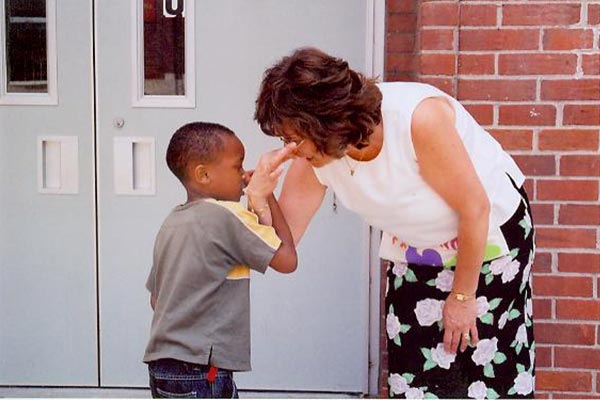
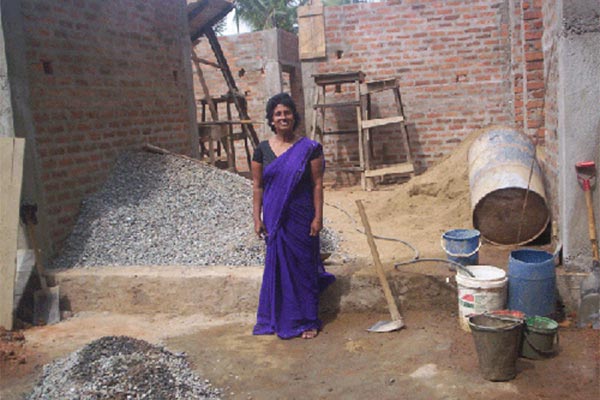
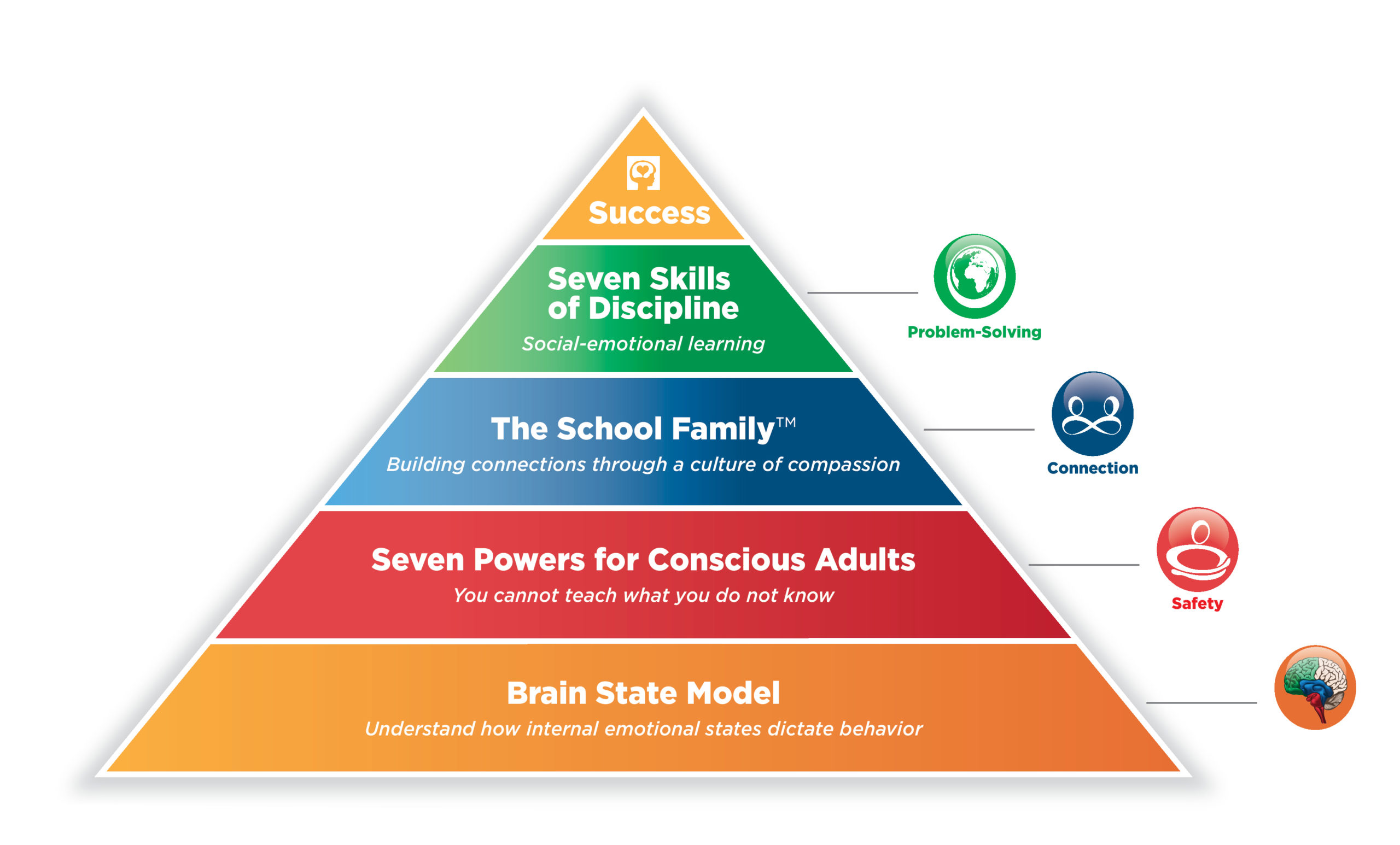
Q: How many schools (and nations) are you working with this year?
So far this year, we have contracts with about 2,000 schools in the United States. Approximately 5% of these schools are part of district-wide, state-wide, or agency-wide initiatives. About 60% are early childhood or primary centers, and about 35% are in public, charter, and private elementary schools. In addition to this, we are active in 77 countries outside the U.S. Our international contracts for 2021-2022 are mostly focused in Mexico, Saudi Arabia, Columbia, Grenada, Australia, Canada, and China (Hong Kong).
Q: Early on, what was one of your first “shining moments” – a moment when you knew that Conscious Discipline was making a difference?
One thing we teach at the very beginning of the program is that it’s our job to breathe and wish well to every person who becomes upset in our presence. There’s one long-ago moment I will never forget. I was upset about something, and I was being a bit pushy. One of my colleagues, Keith, comes over to me, gently holds me, breathes deeply, relaxes his body with deep belly breaths we call “S.T.A.R. breathing,” and downloads his calm into me. It was dramatic for me to experience the calm and safety I had been teaching!
Another memorable experience happened very early in the life of Conscious Discipline. A child went into a rage in a classroom, overturning desks and chairs. The other children made a circle around him (from a large, safe distance) and were breathing deeply. They put their hands on their hearts and wished him well. Another little boy saw that the teacher was frozen in fear, tapped her on the side and said, “Breathe with us, that’s the best thing we can do to help him calm down.” The teacher breathed and regained her composure almost instantly. The boy in a rage calmed within seconds, fell to the floor and began crying. At this point, the teacher was able to approach and co-regulate with the upset child. It was beautiful to see the teacher and the children working together to help an out-of-control School Family member manage a very intense internal state.
Q: What evidence do you offer that the program is making a difference?
Conscious Discipline is on SAMHSA’S national registry of evidence-based programs and practices. We’ve achieved CASEL’s SELect Program designation, their pinnacle designation for SEL. In a study published by the Harvard Graduate School of Education analyzing the top 25 SEL programs, Conscious Discipline was found to be one of one of only three programs that focuses 75% or more of its content on Emotion/Behavior regulation and one of only 13 programs that focuses 50% of more content on interpersonal skills.
Research findings also indicate that Conscious Discipline increases children’s executive functions skills, improves children’s social and emotional skills, increases school readiness in preschoolers and improves prosocial behavior. When fully implemented, our program also increases test scores, school grades, reduces suspensions, expulsions, and discipline referrals. The program also increases teacher satisfaction and collegiality. And our Conscious Discipline Parent Education Curriculum (CD-PEC) increases engagement with children, increases satisfaction in parenting, increases home/school connections, and reduces harsh discipline practices.
Q: What is your vision for future growth, whether it’s new programs or new ways to reach more schools?
We are having so much success helping children with autism spectrum disorders that we are expanding our 2-day workshops to include offerings specific to applying Conscious Discipline with these children. We are expanding our efforts to reach more parents. We are offering more resources for transforming in-school suspension rooms into C.A.R.E. (Connecting And Recovery Environments) to meet the needs of Tier 3 children who require more assistance. And thanks to COVID, we will continue developing and providing a greater number of trainings online or in a hybrid format.
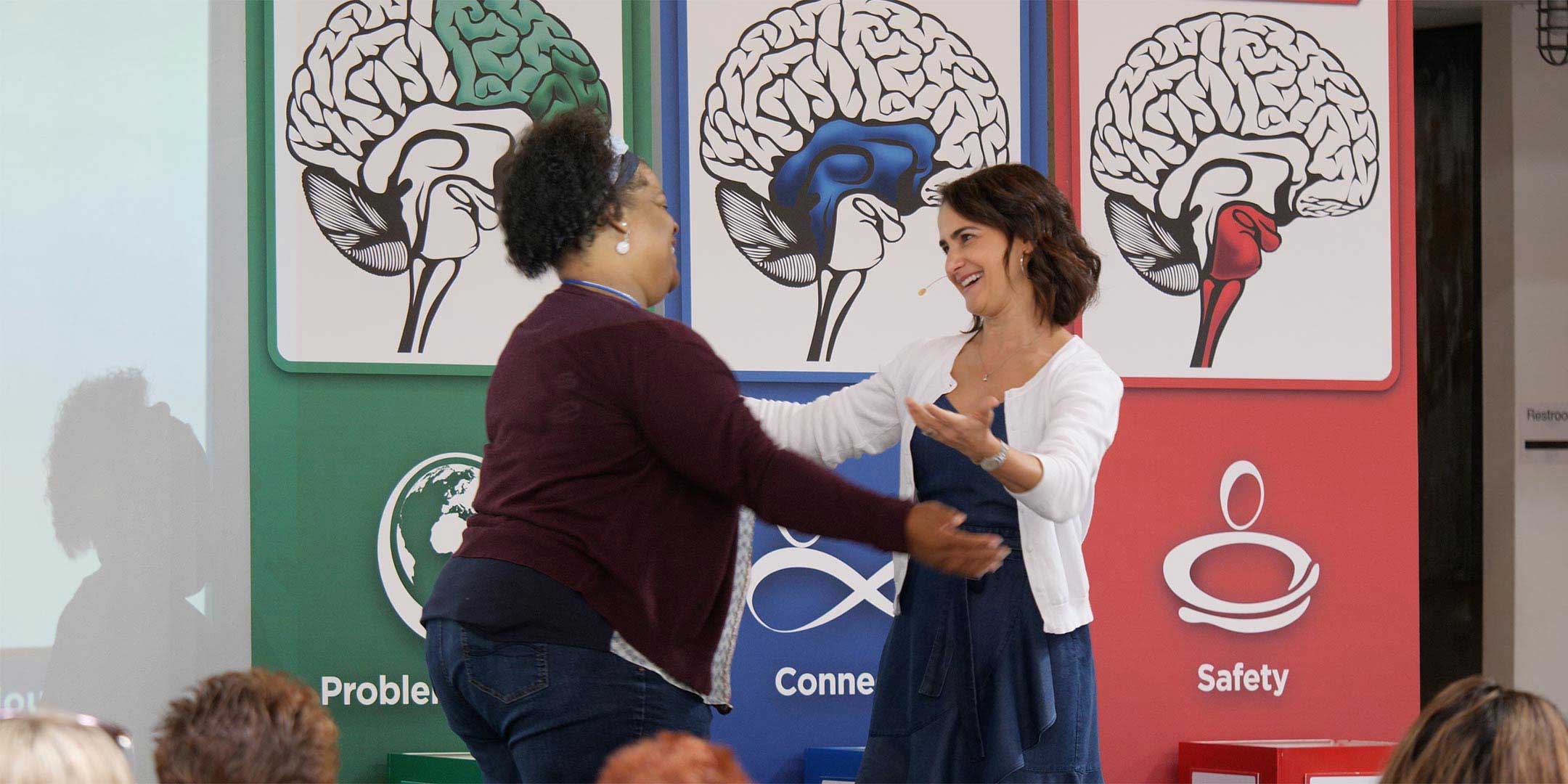
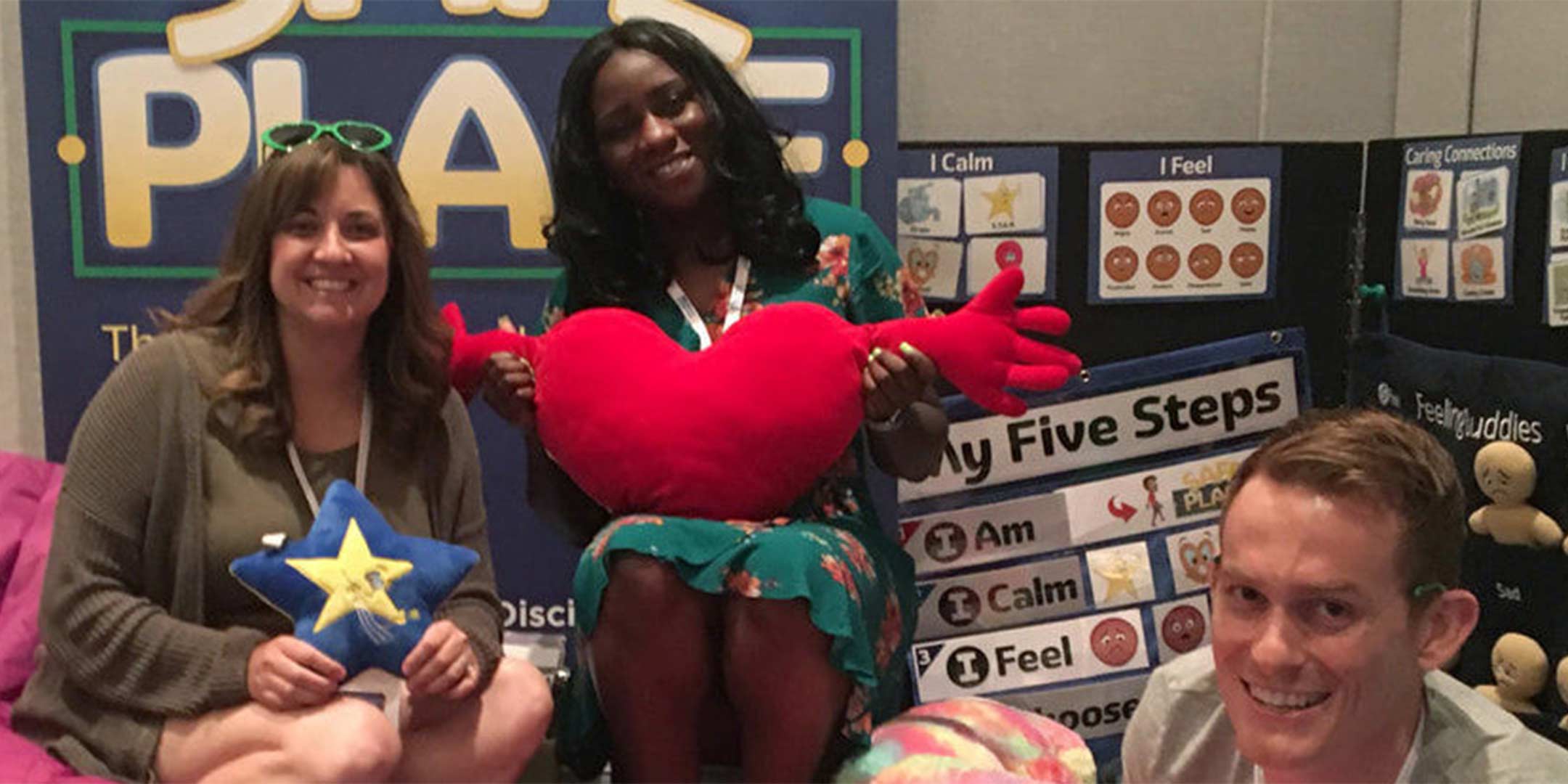

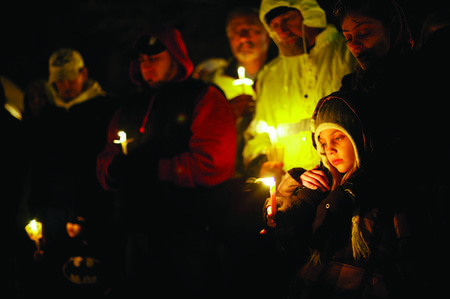
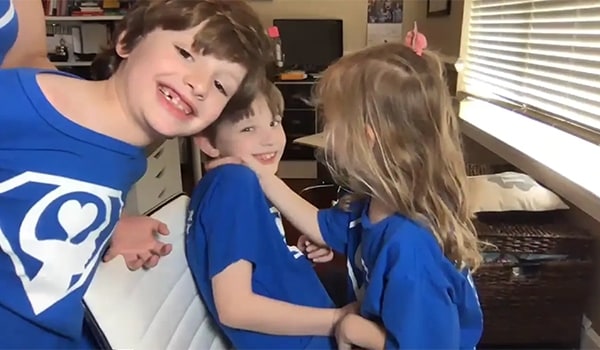
Q: On the Conscious Discipline website, you list the Seven Powers for Conscious Adults: perception, unity, attention, free will, acceptance, love, and intention. Which one of these is a signature strength of yours?
The Power of Perception is a strength of mine, and I attribute this to my near-death experience. It’s enabled me to find the beauty in every person and situation. It allows me to see behind the challenging behavior or problem to see the expansion that is wanting to happen.
Q: Which one of the Seven Powers are you intentional about strengthening or enhancing?
Right now, I’m most intentional about strengthening my Power of Free Will, which states the only person I can make change is myself. More often than I would like, I catch myself focusing too much on “other-control” instead of self-control. I fall into the trap of thinking I can make others change or make others happy, angry, etc. Certainly, I can contribute to their happiness or encourage their change, but ultimately their actions are their responsibility. I am learning over and over again that the most respectful and benevolent thing I can do for a person in distress is see them as capable of handling the situation and holding a peaceful space for them while they experience whatever they are experiencing.
Q: Which one of the Seven Powers are you intentional about strengthening or enhancing?
Right now, I’m most intentional about strengthening my Power of Free Will, which states the only person I can make change is myself. More often than I would like, I catch myself focusing too much on “other-control” instead of self-control. I fall into the trap of thinking I can make others change or make others happy, angry, etc. Certainly, I can contribute to their happiness or encourage their change, but ultimately their actions are their responsibility. I am learning over and over again that the most respectful and benevolent thing I can do for a person in distress is see them as capable of handling the situation and holding a peaceful space for them while they experience whatever they are experiencing.
Q: Becky, I really believe in the benefits of positive self-talk. Is there one expression that you repeat to yourself all the time? If so, why is this expression so important to you?
We have a saying we share with every adult and child we work with. Whenever someone is upset, we ask them to take a deep breath, open up their heart and say: “I’m safe. Keep breathing. I can handle this.” Everyone from the youngest child to the most senior adult can find power in this simple, yet profoundly impactful message of safety, competence, and enoughness.
Q: One final question. Can you share with us some of the ideals and goals that continue to shape and guide your life’s work?
– Live a happy, productive life and leave the world a little better than when I came into it.
– Be a responsible, conscious, caring person with healthy relationships.
– Help children who seem to be “unreachable.”
– Integrate complex information from diverse fields into practical, useable skills.
– Help teachers and children retain the joy of learning.
– Create educational equity for all.
– Share what I learn and discover with others.
To learn more about Conscious Discipline, visit: consciousdiscipline.com
